Automatic system could speed up drug discovery by conducting time-consuming single-cell electrophysiology measurements without human supervision.
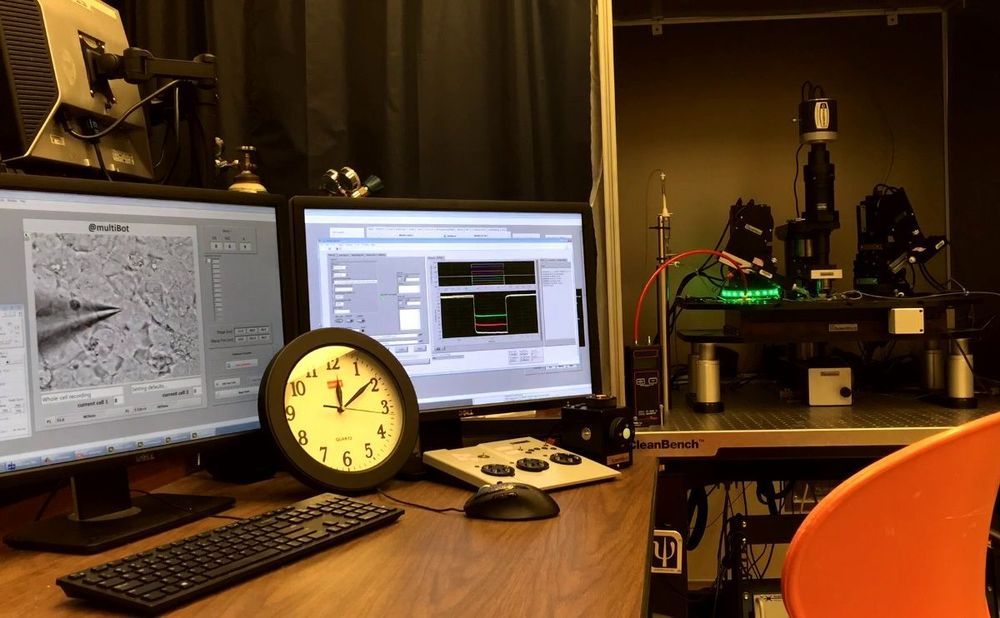


Age is a leading risk factor for a number of conditions such as heart disease, cancer, and Alzheimer’s disease among others, such conditions make a real need for development of anti-aging therapies urgent. Salk Institute researchers may have developed a new gene therapy to help decelerate the aging process, as published in the journal Nature Medicine.
CRISPR-Cas9 genome editing therapy has been shown by the Salk Institute team to suppress the accelerated aging observed in mice with Hutchinson-Gilford Progeria syndrome; and provided insight into the molecular pathways involved in accelerated aging, and how to reduce toxic proteins via gene therapy.
Having an early onset and fast progression progeria is a severe form of degenerative disorder caused by LMNA gene mutations; signs of accelerated aging include DNA damage, cardiac dysfunction, and dramatically shortened lifespan. LMNA genes produce lamin A and lamin C inside a cell, progeria shifts production of lamin A to progerin which is a toxic shortened form of lamin A that accumulates with age and becomes exacerbated with the condition.
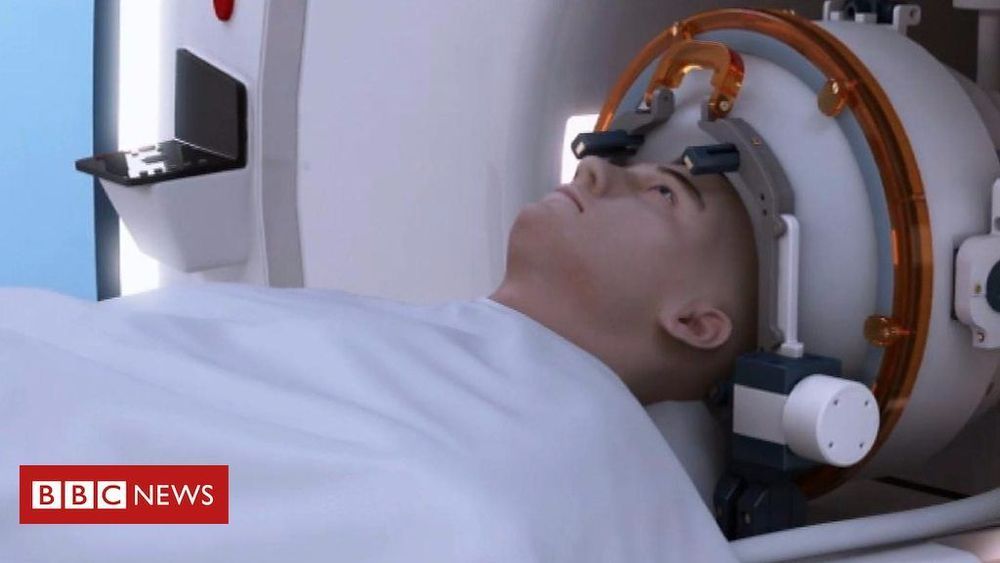
Doctors in London have used sound waves to successfully operate deep inside the brain.
They treated a man from Cornwall who suffered from uncontrollable tremors in his right hand.
The ultrasound machine Exablate Neuro, is produced by Insightec, a technology firm based in Israel. Their graphic explains how it works.
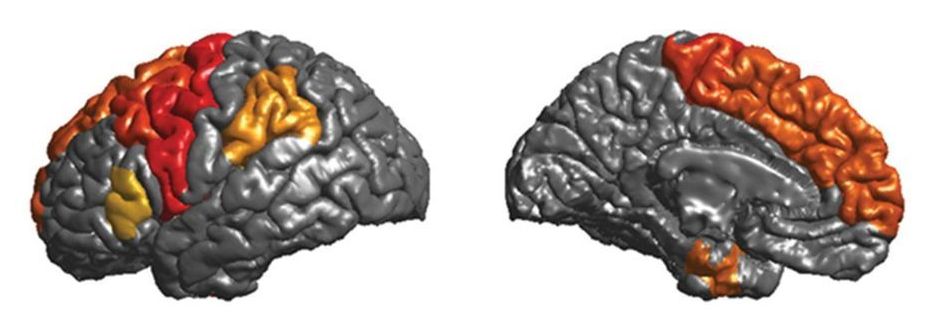

UMBC’s Hua Lu, professor of biological sciences, and colleagues have found new genetic links between a plant’s circadian rhythm (essentially, an internal clock) and its ability to fend off diseases and pests. The findings were 10 years in the making and published in Nature Communications this week. The results could eventually lead to plants that are more resistant to disease-causing pathogens and better treatment for human diseases.
“It’s quite cool,” Lu says, “because, in both plants and animals, people are beginning to study the crosstalk between the circadian clock and the immunity system.”

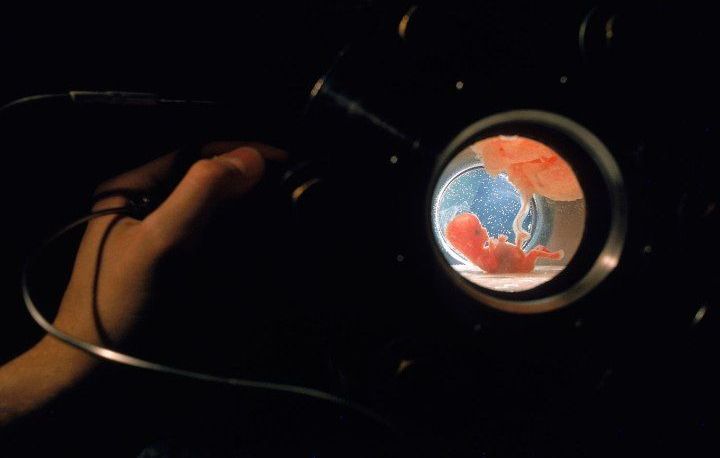
Artificial wombs.
LIFE.com republishes part of a 1965 LIFE magazine series that grappled with some of the era’s most exciting and troubling advances in science and medicine.
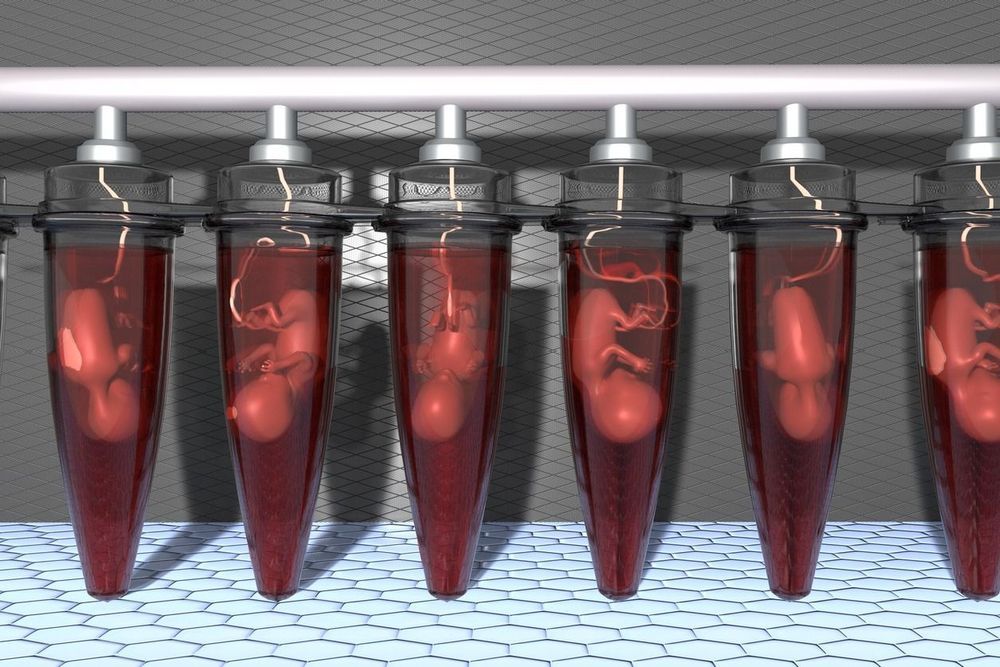
This technology is being pushed as “New”. This was already perfected in 1965 if not before.
A recent article in Nature Communications announces the development of a kind of artificial womb (or extracorporeal gestational system). So far it has been used to further the development of premature lambs. Technology website Gizmodo breaks down the technical journal article in more understandable terms.
The research team, led by Alan Flake from the Children’s Hospital of Philadelphia, has shown that it’s possible to support extremely premature lambs in an external artificial womb, and to recreate the conditions required for normal gestational development. The lambs were able to grow inside a fluid-filled device, which sustained them for a record-breaking four weeks. Subsequent tests on the lambs indicated normal development of their brain, lungs, and organs. It may take another decade before this technology can be used on premature human infants, but it’s an important step in that direction.
Lambs were selected for the experiment because their lung development is in many ways similar to human lung development and thus important comparisons can be made.